
Strategic Location 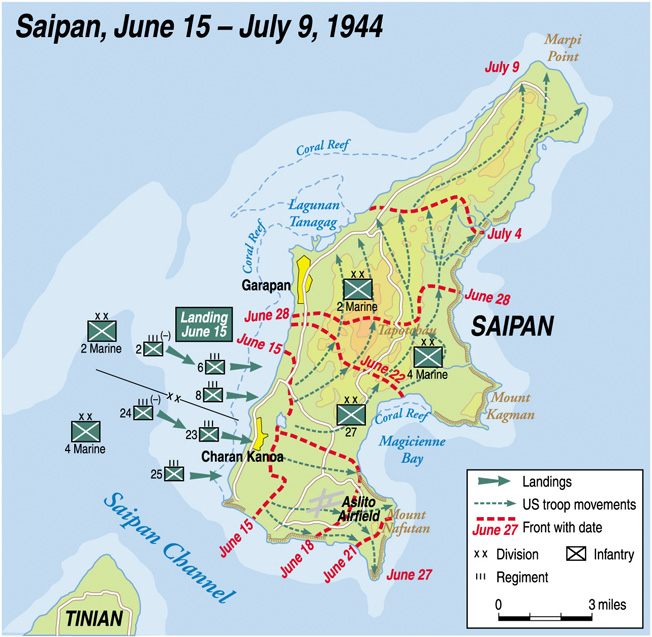

Saipan
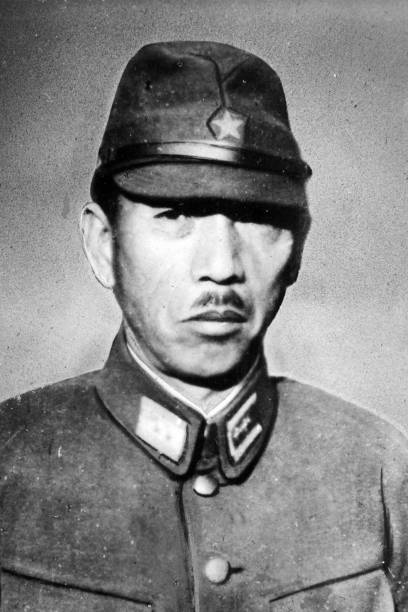
Saito

The LVTs Head For Shore
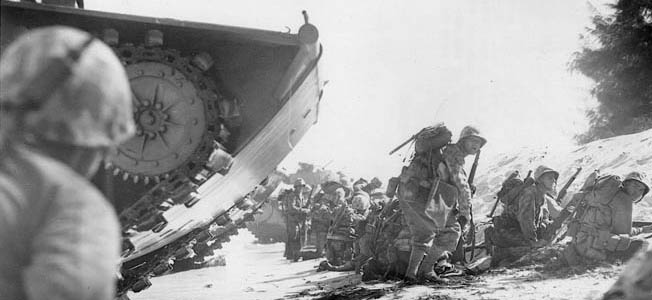
Just Ashore

Chaos

Beachhead
Too much activity to weave into a narrative tale of the battle, here are some low points and highlights of the clash that takes place on Saipan:
*Saipan centrally located, invasion of the island cuts off the major Japanese naval base at the island of Truk, a plus for its acquisition ... along with hopes it will goad Japan into a major fleet action the American Navy can crush ... which is exactly what happens, the Japanese fleet comes out and is savaged in a naval engagement which goes down in history as the "Great Mariannas Turkey Shoot" (or the "Battle of the Philippine Sea" if that is your preference) for the ease with which Japanese aviators are shot down, an American victory sends three enemy carriers to the bottom of the Pacific, destroys 645 aircraft, and costs Japan 2,987 military personnel's lives.

U.S. Navy Fighter Ace Lt. Alexander Vraciu
After Downing Six Japanese Dive Bombers
*The battle basically ends with the largest banzai attack of the Pacific War, which takes place 7/7/1944 ... at dawn, with 12 men in the lead holding a huge red flag, over 3,000 soldiers swarm American lines for 15 hours ... 650 American lives lost, when the attack is over, for all intents and purposes, there are no more fighting Japanese left to challenge American possession of the island ... in all, the Japanese will lose over 30,000 soldiers (only 921 Japanese become prisoners) and the 31st Army will cease to exist.
Burial Trench For Japanese Dead - Piled Up
On The Left
*And yet, a small unit of Japanese led by Captain Sakae Oba will manage to evade capture for 512 days, until 12/1/1945, three months after all of Imperial Japan has surrendered.

Oba
*Navajo code talkers play a big part in the battle, especially in coordinating naval gunfire on to Japanese targets ... and in one case, prevent scores of Marine casualties by preventing friendly fire from falling on Corps units entering the town of Garapan.

Navajo Code Talkers
*Bloody for America too ... of the 71,000 American troops that land on the island, 2,949 will be killed, and an additional 10,464 men are wounded ... with the most famous casualty being a future Academy Award winning actor who is shot in the butt by a Japanese machine gun, a private first class of "I" Company, 3rd Battalion, 24th Marines, 4th Marine Division named Lee Marvin.
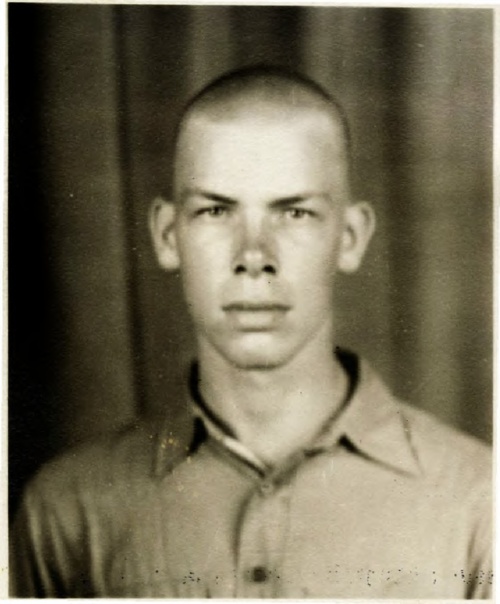
Marvin
*Mountainous central terrain made for defense, the Marines and Army personnel will be forced to reduce Japanese positions one by one, for the most part using demolition charges and flame throwers (a tactic the Marines call "Corkscrew and Blowtorch") ... and areas of intense fighting enter Marine Corps lore with their descriptive names ... Hell's Pocket, Purple Heart Ridge, Death Valley, and Hot Potato Hill (for the number of grenades both sides throw at each other).
*And Saipan is sadly also has locations dubbed Suicide Cliff and Banzai Cliff for the roughly 1,000 Japanese civilians that leap to their deaths near the northern tip of the island ... egged on by an Imperial Order from Japanese Emperor Hirohito, and propaganda about Marines raping and torturing their captives (just the opposite will actually be true), and helped in many cases, by Japanese officers wielding pistols and bayonets at the reluctant.
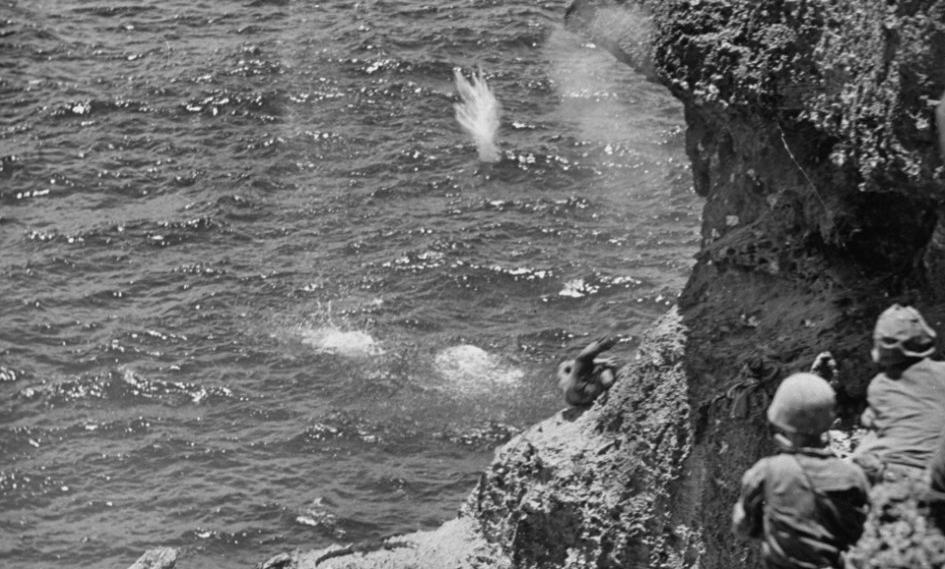
Suicide Cliff
Marines And Japanese Girll
*In a change from the jungle fighting they have grown somewhat use to, on Saipan the Marines will also have to engage in the street fighting necessary to take the island city of Garapan.
Garapan Street Fighting
*Marine Corps and U.S. Army fighting beside each other on the northern drive up the island under the command of Marine General Holland McTyeire "Howlin' Mad" Smith, inter-service rivalry and animosity rears its ugly head during the battle when frustrated by the slow speed with which the 27th Division of the U.S. Army is moving up the center of the island, Holland relieves U.S. Army Major General Ralph C. Smith of his command ... a controversial decision that later will prevent Holland Smith from having command of all troops on Okinawa, and also stop the general from one day becoming Commandant of the entire Marine Corps.


Holland Smith & Ralph Smith
*Payback for Pearl Harbor ... put out to pasture after his poor performance at the Battle of Midway and eventually placed in charge of naval personnel on Saipan, on 7/6/1944, with the battle for the island lost, 57-year-old Japanese Admiral Chuichi Nagumo, avoids the traditional painful knife to the stomach suicide of seppuku, and in a cave on the northern tip of the island, puts a pistol to his head and pulls the trigger!

Nagumo
*When 25-year-old U.S. Platoon Sergeant Robert H. McCard of Syracuse, New York has his tank cut off and shot up, he carries on firing at the Japanese until the severity of the fire being brought on his tank causes him to order the rest of the crew to flee ... while McCard stays behind and provides covering fire and throws hand grenades at the attacking enemy soldiers, out of grenades, the sergeant then dismantles a machine gun and uses it to keep the Japanese at bay, killing 16 before he is himself killed ... actions which win the Marine a posthumous Congressional Medal of Honor.

McCard
*Unit wiped out save for one other man, despite being seriously wounded by an enemy grenade, 23-year-old U.S. Marine Private First Class, Seth T Garner of Colorado, holds the American line by beating back a Japanese attack of 30 soldiers in which he shoots down the enemy officer leading the charge ... actions for which he will be awarded a Silver Star.
*Saving his comrades, 20-year-old U.S. Marine Private First Class, Harold G. Epperson of Akron, Ohio, selflessly throws himself on a live grenade ... an act for which he is awarded a posthumous Congressional Medal of Honor.

Epperson
*Surprised in the final banzai attack of 7/7, 45-year-old U.S. Army Lt. Colonel, William J. O'Brien of Troy, New York rallies troops being swarmed by thousands of rabid Japanese soldiers, firing at the enemy with pistols in both hands, wounded, he refuses evacuation, and after he runs out of ammo for his pistols, he mounts a jeep, and standing upright, uses the vehicle's .50 caliber machine gun to fire into the Japanese ... body recovered the next day, the gallant colonel is surrounded by dead enemy troops. For his actions on Saipan, O'Brien is awarded a posthumous Congressional Medal of Honor.
O'Brien
*Wounded during the banzai attack of 7/7, 28-year-old U.S. Army Private, Thomas Baker of Troy, New York, is seriously wounded but refuses evacuation until he runs out of ammo and has his weapon destroyed ... finally okay with leaving, he is carried 50 yards towards the rear by a comrade, until the comrade is wounded himself ... thinking he is a hindrance and already doomed by his wounds, Baker convinces his comrade to flee without him, but only after he is is placed against a nearby tree, and given a pistol with eight rounds of ammunition ... killed in the mindless mayhem of the suicidal charge, Baker's body is recovered the next day ... surrounded by eight Japanese corpses. For his heroic last stand, Baker is awarded a posthumous Congressional Medal of Honor.

Baker
*Serving as a surgeon for the U.S. Army 27th Infantry Division, 29-year-old Captain Benjamin L. Salomon first responds to the 7/7 banzai attack of the Japanese by beginning medical treatment for the thirty soldiers that arrive at his aid station early in the clash ... seeing enemy soldiers arrive in the area and begin bayoneting Americans near the aid tent awaiting treatment, the captain grabs a rifle and quickly dispatches three of the enemy. About to return to his medical duties, when four Japanese climb under the wall of the tent, Salomon instantly attacks with a rifle and bayonet, and with the help of a wounded man lying nearby, takes out this latest Japanese threat. Realizing the gravity of the situation, Salomon then orders all of the wounded to make their way back to the regimental medical station as best they can ... as he starts to try to do too. Stepping out of the tent, Salomon sees four Americans shot down trying to man a machine gun, and without hesitation, the captain runs to their aid, but finding the men dead, instead of trying to escape, he takes over the weapon ... body found the next day, Salomon is found surrounded by the corpses of 98 enemy soldiers he had taken out with the machine gun before being killed himself. For his heroic acts, Salomon is awarded a posthumous Congressional Medal of Honor.

Salomon
*Brought up by a Japanese-American family in Los Angeles, where he learns how to speak Japanese, 18-year-old U.S. Marine Corporal Guy L. Gabaldon, earns a Silver Star (later upgraded to a Navy Cross, which family members have petitioned Congress to further upgrade to a Medal of Honor as of 2006) and the nickname of "The Pied Piper of Saipan," by risking his life and the wrath of his commanding officers, approaching Japanese held caves, and by using their language and his knowledge of their culture, convincing roughly 1,000 soldiers, sailors, and Japanese civilians to surrender instead of committing suicide ... exploits that will be immortalized in Allied Artist production, "Hell to Eternity," starring Jeffrey Hunter as Gabaldon.
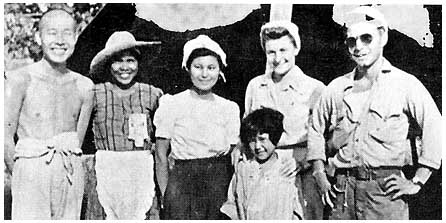
Gabaldon, Nurse, And Four Of The Saved
*Batting a thousand, 1.000, Marine PFC's Herbert Hodges and Bob Reed knock out 11 tanks with 11 bazooka shells ... then out of ammo, Reed gets a 12 tank by throwing grenades into the open top hatch.
Saipan declared officially taken on 7/9/1944, with the nearby islands of Guam and Tinian soon captured too, the victory provides American forces with a springboard for the final conquest of Imperial Japan ... only 1,300 miles from the Japanese home islands, long-range U.S. Army B-29 Superfortress bombers can now strike directly at Japan ... closer and closer, the war in the Pacific has a little over a year left before it ends ... a blink of an eye that is horribly long enough to see gallons and gallons of blood shed in the Philippines, Peleliu, Iwo Jima, Okinawa, and the atomic bomb destruction of the Japanese cities of Hiroshima and Nagasaki.
Hiroshima
Why today mattered ... it mattered because of the events that take place when American sailors, soldiers, and fliers begin fighting troops of Imperial Japan for possession of the island of Saipan ... 6/15/1944!
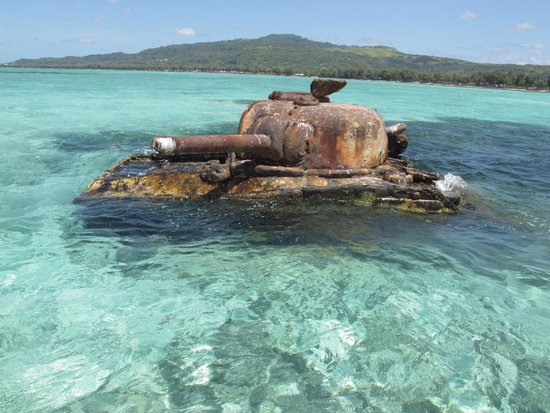
Tank

Landing Craft

Plane

Japanese Tank
Suicide Cliff
Banzai Cliff
6/15/1944
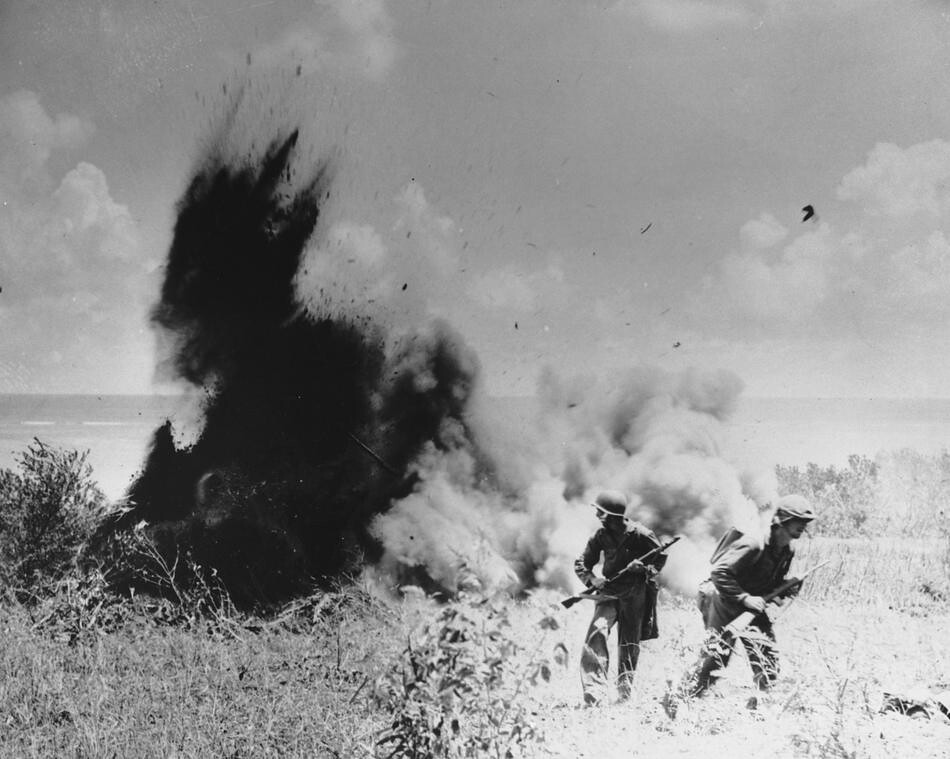
The Battle Of Saipan
Victory
No comments:
Post a Comment